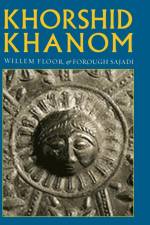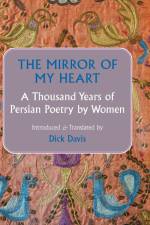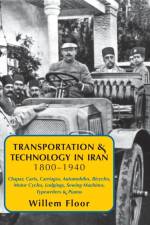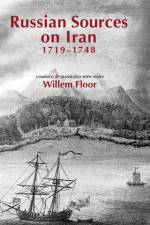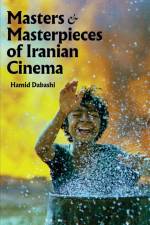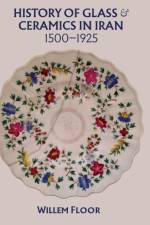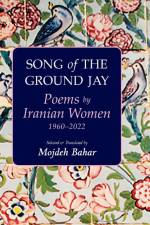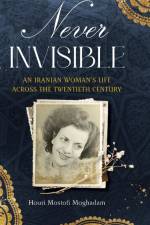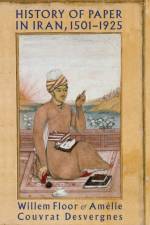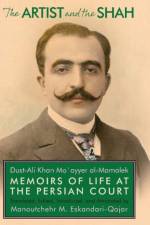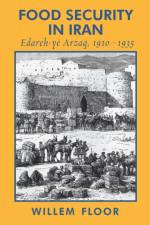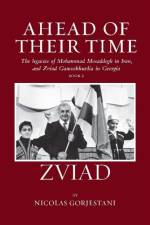av Houri Moghadam
995,-
A remarkable woman who lived through extraordinary times, Houri Mostofi was born in Tehran, Iran, in 1919, descended on her mother's side from Iranian royalty and on her father's from a "God-fearing" family of scholars and government administrators. When she was twenty-two, Houri married Mohsen Moghadam, a young man from a merchant family who went on to become a successful businessman, often traveling abroad, while Houri dedicated herself to teaching, charitable public works, and running international women's associations in Tehran. Together, they also raised three children, in whom Houri was keen to instill the same spirit ofindustry and self-discipline she had learned from her own parents.Houri was among the first women to go to university in Iran, working as a teacher for nearly forty years and diligently continuing with her own education in later life, including traveling to the U.S. as a Fulbright Scholar, and, after being forced into exile following the Islamic Revolution of 1979, studying for a PhD at the Sorbonne in Paris. From a privileged social class, with a glamorous, jet-setting lifestyle, Houri was a pioneer, nonetheless, and a feminist for her own time. Through her hard work and frequent acts of bravery-from standing up to sinister intruders to dogged persistence in the face of intransigent officialdom-she made sure that, as a woman, she was never overlooked, never invisible, even when hidden under a dark chador at the Revolutionary Court. It was women like Houri who were the precursors of the young women fighting for equal rights and justice in Iran today.¿The resulting memoir tells the fascinating story of her life, with all its ups and downs, triumphs and tragedies, set against the backdrop of an impending revolution that would topple the world she and her family had always known and turn it upside down.








